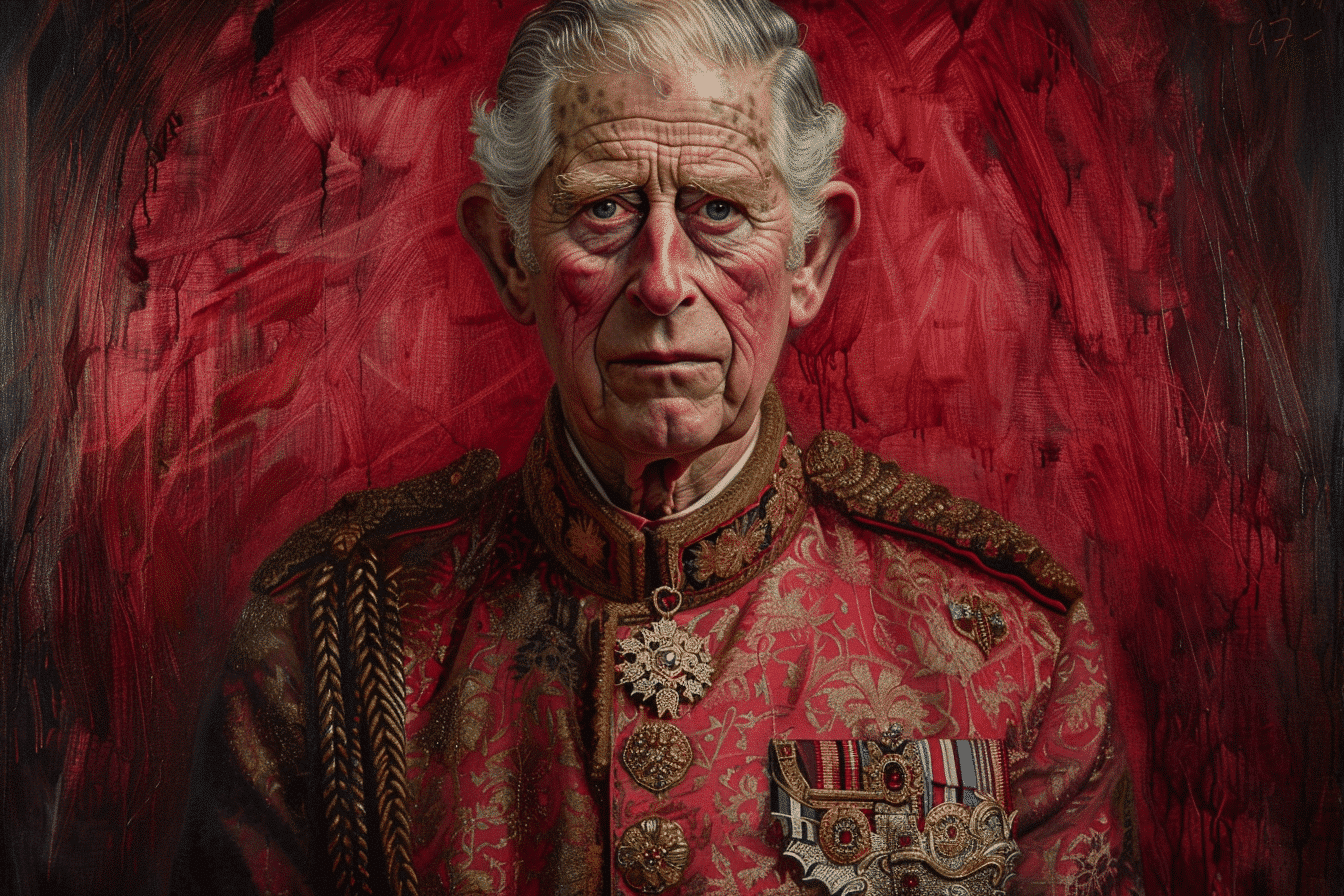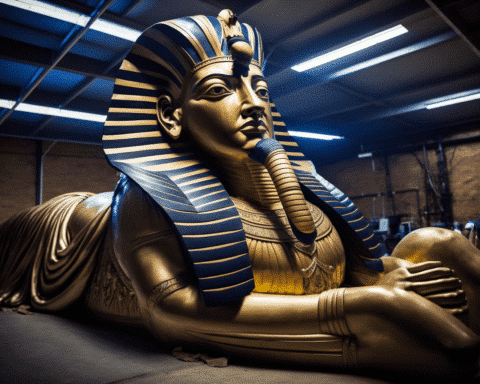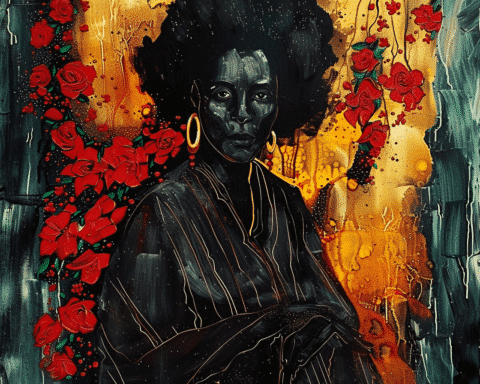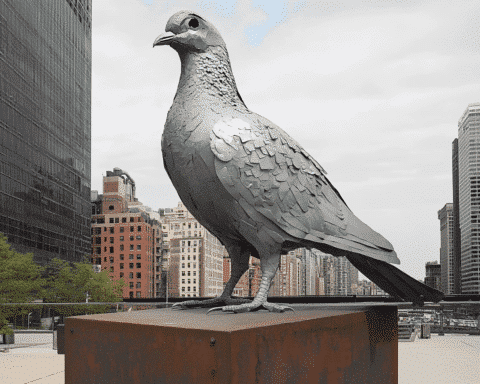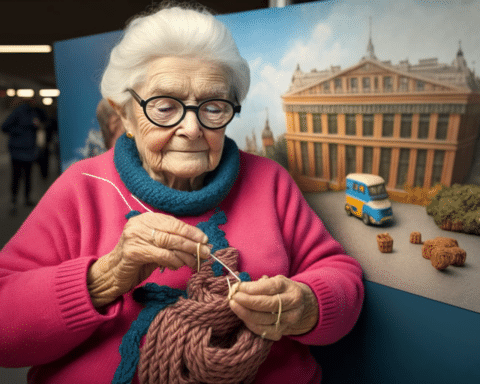Buckingham Palace unveiled the first official portrait of King Charles III since his recent coronation, immediately igniting a mix of admiration and controversy. Crafted by the renowned British artist Jonathan Yeo, the picture features bold, lurid red brushstrokes that have not avoided evoking solid opinions from the public and art critics alike. This artwork not only captures the regal bearing and humanity of the King but also introduces a striking aesthetic that challenges traditional royal portraiture.
Evolving Art for a Modern Monarchy
The portrait, measuring 8.5 by 6.5 feet, showcases King Charles in the uniform of the Welsh Guards, complete with a sword, set against a fiery red backdrop that dramatically highlights his figure. Jonathan Yeo, who began this project while Charles was still the Prince of Wales, aimed to encapsulate the evolution of his subject’s public role. “Much like the butterfly I’ve painted hovering over his shoulder, this portrait has evolved as the subject’s role in our public life has transformed,” Yeo explained. His approach was to blend the deep-rooted traditions of royal portraiture with elements that reflect a 21st-century monarchy.
Public and Personal Reactions
Despite the King and Queen’s reported satisfaction with the painting, public reactions have varied widely. Social media users have expressed everything from deep appreciation to stark criticism. Comments range from praise for accurately capturing Charles’ likeness to strong disapproval of the red hue used, which some believe does not complement the King’s expression. Art historian Richard Morris praised Yeo’s ability to reveal the subject’s inherent flaws and humanity, reminiscent of the era before photography.
Artistic Interpretations and Legacy
Jonathan Yeo is no stranger to controversy and innovation in his art. His career includes a provocative collage of former US President George W. Bush and paintings that challenge the viewer’s perceptions of public figures. With King Charles’ portrait, Yeo continues to push boundaries, using vivid colors to blend historical royal elements with a modern artistic twist. Including a butterfly in the picture adds a layer of beauty and nature and symbolizes the King’s environmental passions, aligning with his well-documented commitment to conservation.
Jonathan Yeo’s portrait of King Charles III is more than a mere representation; it is a statement on the evolving nature of royalty in the modern age. It challenges the viewer to reconsider the intersection of tradition and contemporary values in royal depictions. While opinions on the artwork may differ, the portrait undeniably adds a vibrant chapter to the storied tapestry of royal portraiture. As the painting prepares for public exhibition, it invites ongoing dialogue about the role of monarchy and art in today’s society.
